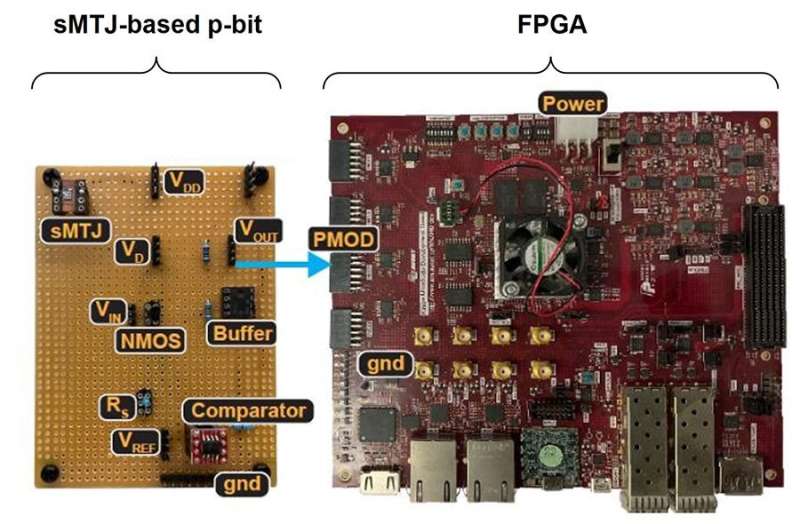Although a few months ago the people responsible for GIMP announced the launch of a development version with the support of Apple Silicon, a brand new architecture of the next generation of Macs, now this version is considered stable and its download is made available to any user who wants to install it.
Put into context, GIMP is the world’s most popular free image editor, a veteran project that is always touted as a free alternative to Photoshop…. because it’s about adding, always according to everyone’s taste and needs. After all, GIMP is a community project, while Photoshop is a professional product backed by a multi-billion dollar company.
It’s worth clarifying to try to avoid the typical comment that GIMP isn’t up to Photoshop and the like. The truth is that GIMP is a very powerful application that can do a great job in the right hands and that meets the needs of many Photoshop hacks. Then there are the professionals and their sovereign decisions. Obviously, Photoshop is the industry standard for a reason.

On the other hand, we have Apple Silicon, the project in which those from Cupertino are developing their next-generation APUs, the M1 and M2 chips, their variations and those to come, a bet that most certainly revolutionized Apple laptops and that there is no going back. In fact, everything points to the opposite, that the future of all Apple equipment is going through its own processors.
Well, if you have one of those computers that already works with Apple Silicon and you’ve been missing GIMP, stop because the stable version of GIMP 2.10.32 is already available for the Apple M1 and M2, and it’s considered stable, worth the redundancy. If you are going to download GIMP for your Apple computer, remember that you can choose:
Please note that we now provide two DMG packages, one for each architecture, not a single universal package. The website will try to detect what architecture you are on, but if it doesn’t detect it correctly (detection is not so easy with some browsers), be careful to select the version for the correct hardware (“for Intel” or “for Apple Silicon” )”, they explain in an official note.








:quality(85)//cloudfront-us-east-1.images.arcpublishing.com/infobae/AM7JSZGNEVAX3GRDC5J46DCVC4.jpg)




